Urban Geography - my catalogue on Substack
A Free book on Urban Geography and 5 further articles
I’ve listed links to all my Urban Geography posts, below. Urban geography 1-9 make up my FREE short book on Urban Geography. There are a further 5 articles on aspects of Urban Geography. These provide a solid grounding for any Senior High School student, studying Urban Geography.
URBAN GEOGRAPHY 1
(this brief introduction is the first part of my FREE book on Urban Geography - all subsequent sections will be released as Substack posts)
Urban Geography 2
Counter-urbanisation, also known as de-urbanisation and suburbanisation, refers to the movement of people and economic activities away from cities and into suburban or rural areas. They represent a reversal of the traditional urbanisation trend, where people migrate from rural areas to cities. Counter-urbanisation has gained prominence as a response to …
Urban Geography 3
Urbanisation in developed and developing countries can differ significantly due to variations in economic, social, and historical contexts. Here, I'll explore some key differences between urbanisation in these two types of countries.
Urban Geography 6
The Central Business District, how it may be delineated and common characteristics
Urban Geography 7
The changing distribution of the main urban functions such as Offices, Retailing, Industry and housing change spatially over time and may conflict.
Urban Geography 8
(Please note this post is longer than normal and therefore email versions of the post may be truncated. You may need to view it on the Substack app or via this link on your computer. Geography Expert Substack | Ritchie Cunningham | Substack
Urban Geography 9
(Please note this post is longer than normal and therefore email versions of the post may be truncated. You may need to view it on the Substack app or via this link on your computer. Geography Expert Substack | Ritchie Cunningham | Substack
Urbanisation in the Late 20th and Early 21st Centuries: A Global Perspective
Urbanisation, the process by which a population becomes increasingly concentrated in urban areas, has been a defining characteristic of the late 20th and early 21st centuries, with significant implications for both developed and developing countries (“World Urbanization Prospects,” 2014). In the developed world, the urban transition has largely been com…
Can some urban landscapes intensify economic inequality and social segregation?
The emergence of new urban landscapes like fortress developments, heritage quarters, and edge cities has indeed been associated with intensifying economic inequality and social segregation, but the extent of their impact can vary based on context. Here’s an analysis with references to support the argument:
An evaluation of GEAR (Glasgow Eastern Area Renewal) Project
The GEAR (Glasgow Eastern Area Renewal) Project is a major urban renewal initiative aimed at revitalising the east end of Glasgow, particularly areas suffering from long-term economic decline, industrial decay, and social challenges. The project, which started in the early 1980s, sought to address these issues through a combination of residential, comme…
Changes in the growth and distribution of the world's major urban centres between 1950 and 2000 and the consequences of these changes
The growth and distribution of the world's major urban centres underwent significant changes between 1950 and 2000, characterised by rapid urbanisation and the emergence of megacities. This is an overview of the key changes and their underlying causes:
Counter-Urbanisation: Assessing Social and Economic Changes
Counter-urbanisation, the migration of people from major urban areas to smaller urban settlements and rural areas, is a process that has gained significant momentum in recent decades. This movement has profound social and economic implications for both the originating urban areas and the receiving rural locales. To understand the full extent of these ch…





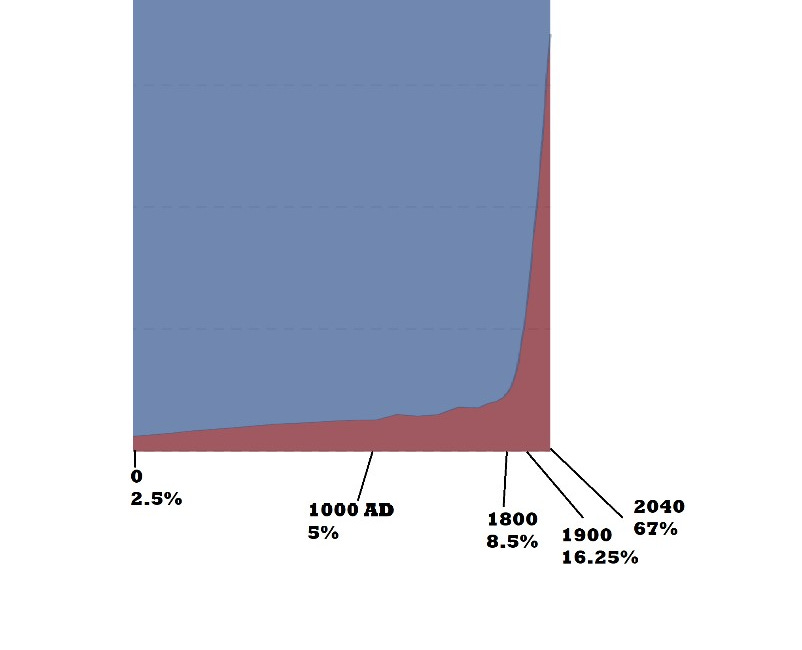


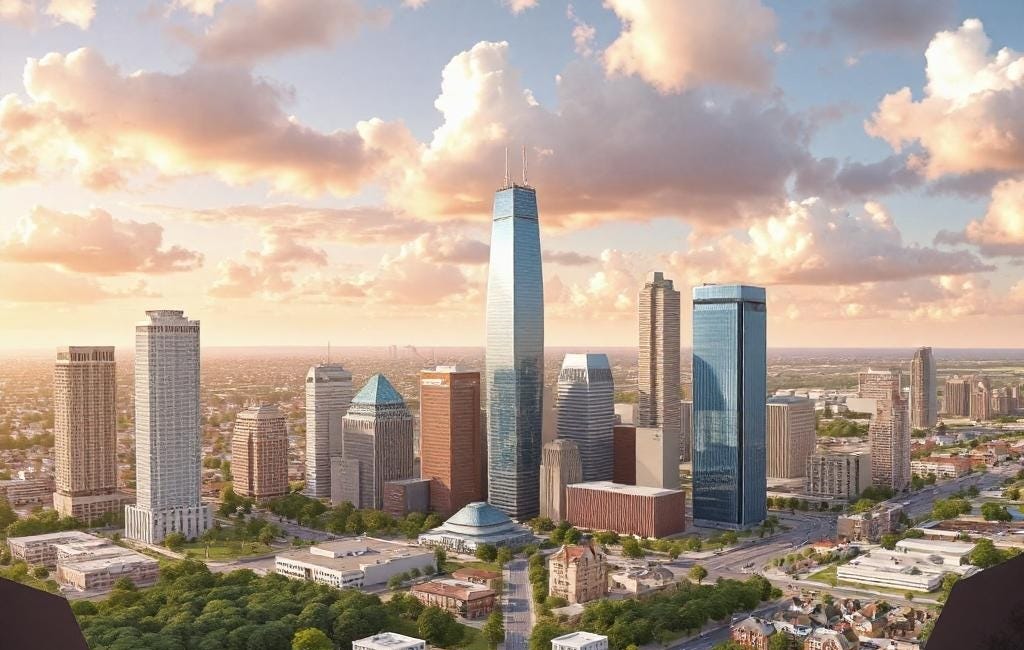
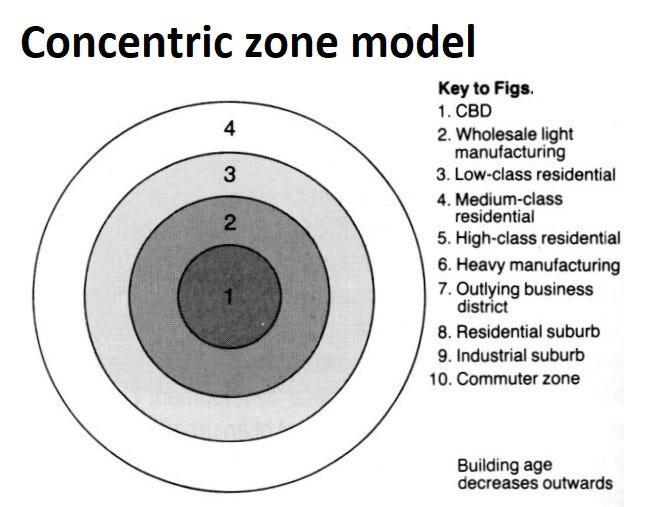
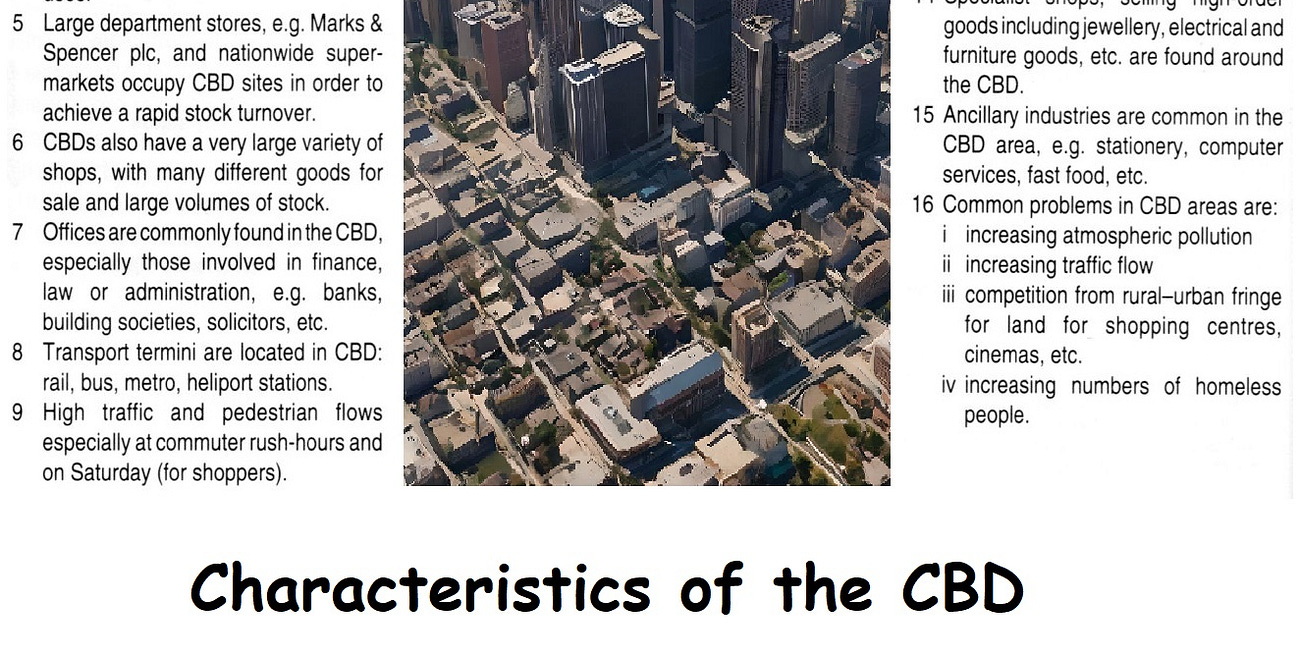
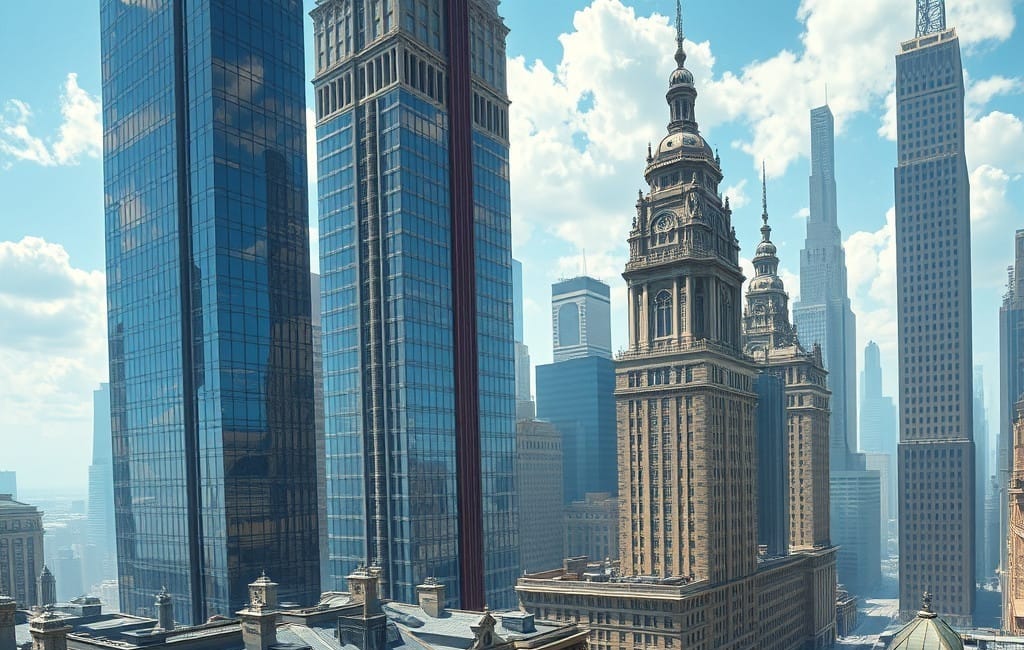

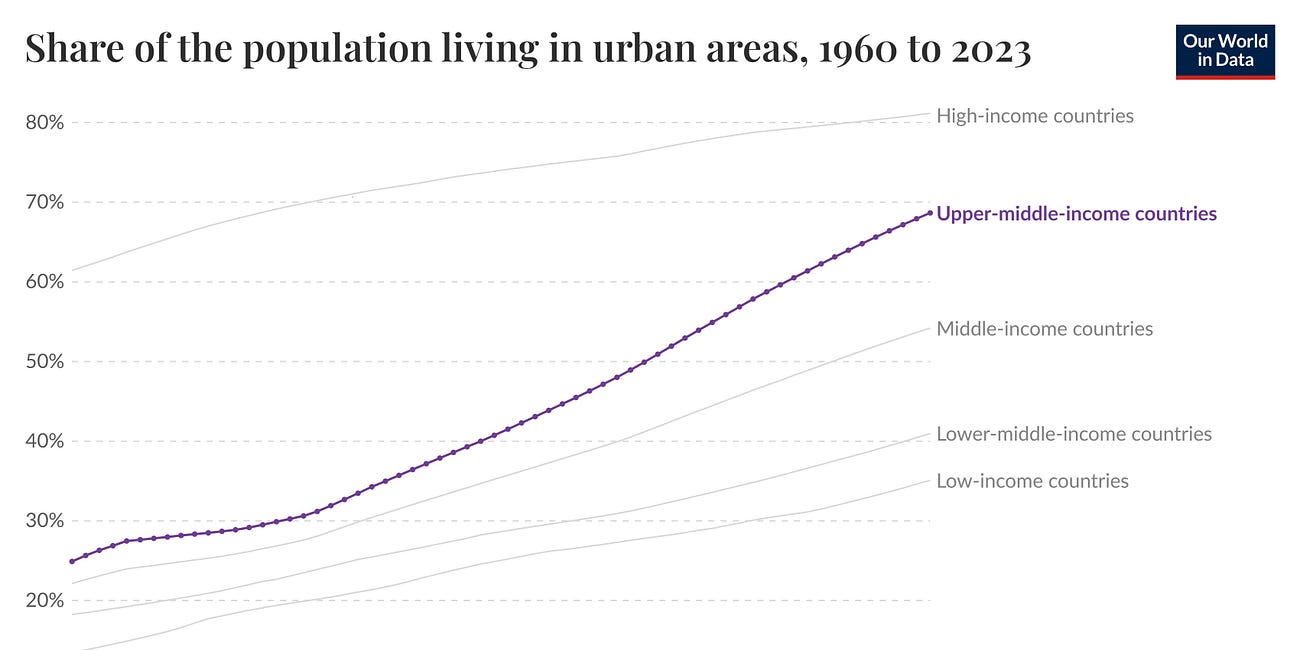

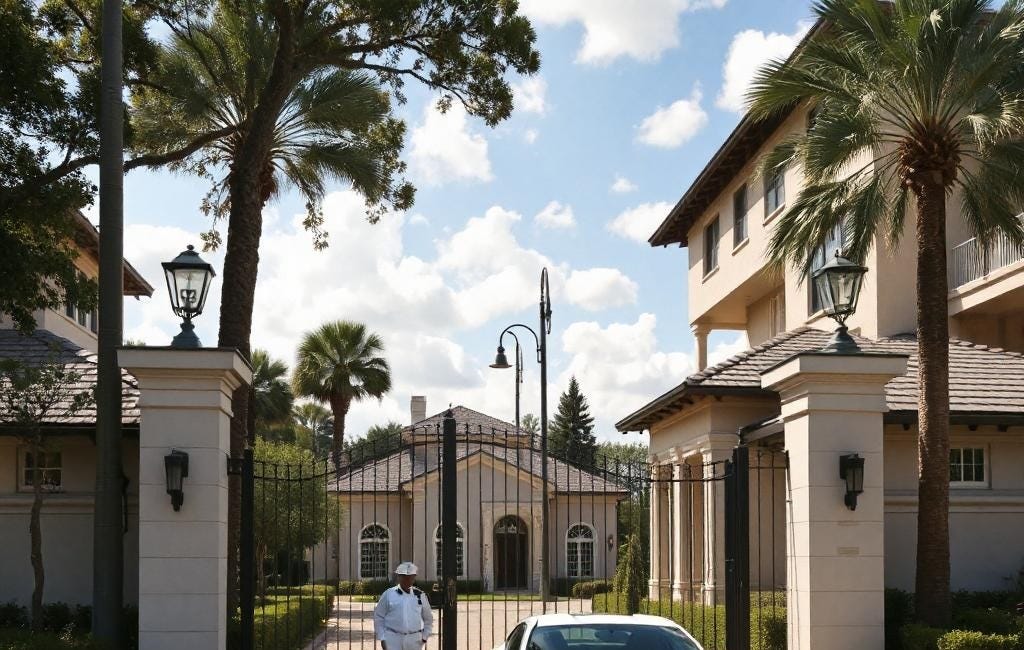
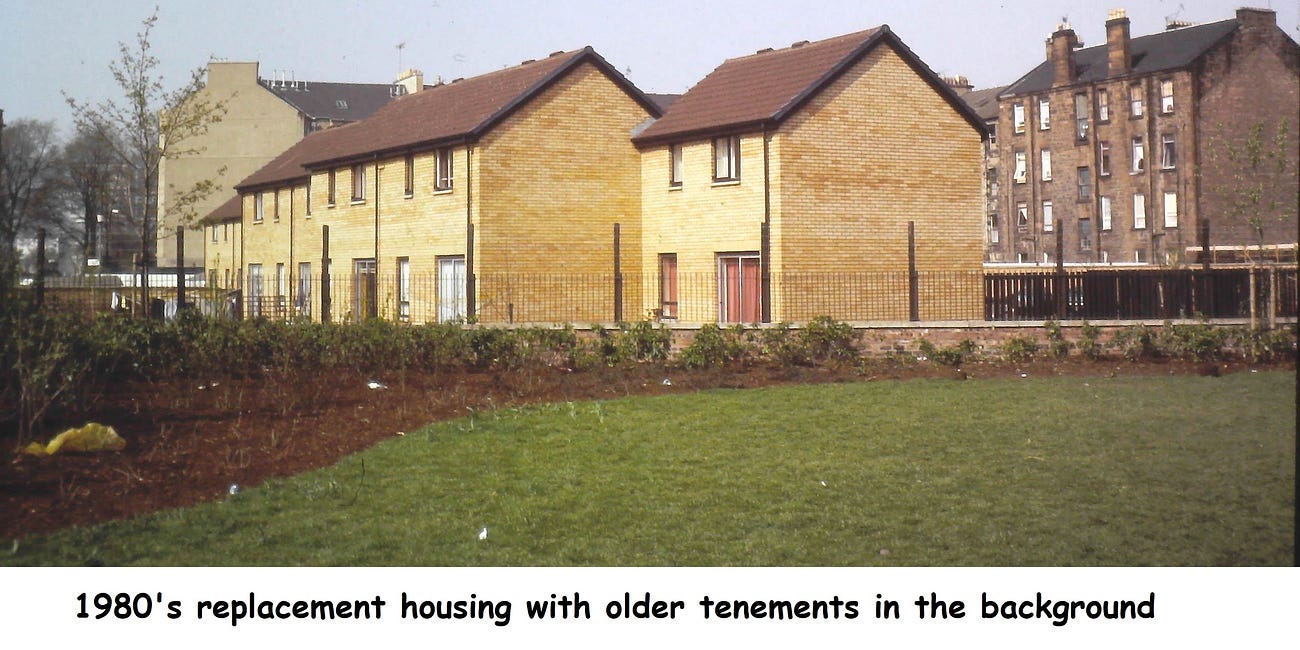

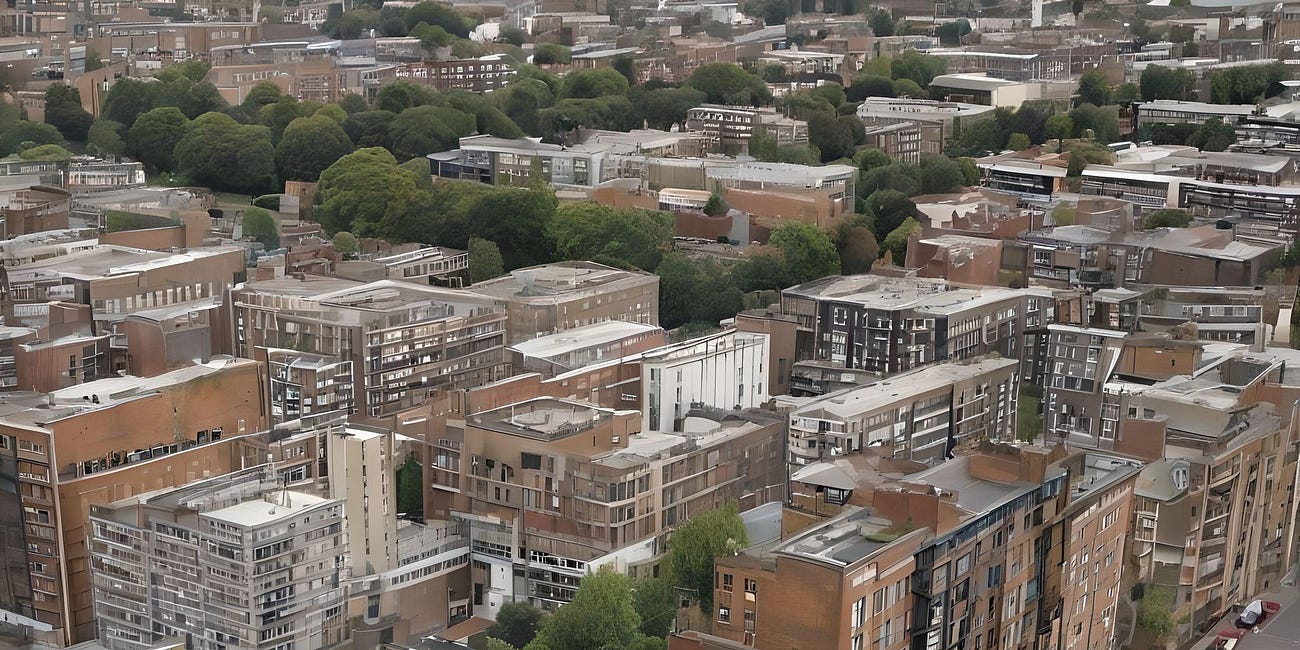
Appreciate the clear structure and breadth of coverage. Curious if you’ve considered adding a case study on a city navigating post-industrial transition in the Global South, as it might round out the comparative angles well